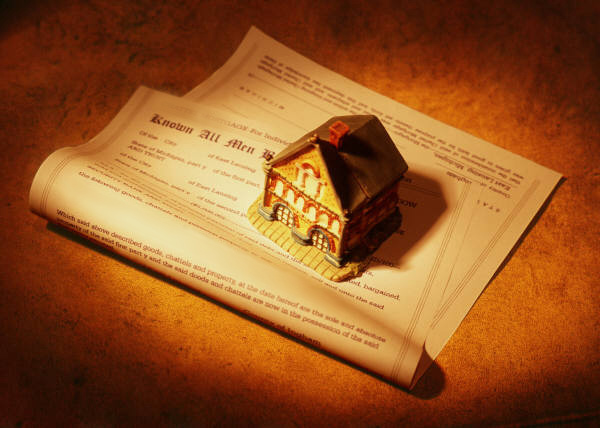Elementary but often forgotten things every property manager should do as part of their ongoing commitment to being a great property manager.
1. Touch base with  your client, the property owner, on a regular basis, even if and especially when everything is going well. Property owners are used to that sinking feeling when seeing an email, or their property manager’s phone number pop up on their phone. They assume there is going to be yet another crisis that needs attention and money. Ask yourself if this is the relationship you want with your clients. Most people don’t want to be only the bearer of bad news in any relationship, so be the bearer of good news once in a while and call your property owner client to let him or her know that you still appreciate the business; ask if there is anything that you could be doing better or to be more helpful; and, reach out with good news. It will help establish a relationship that is not all about what went wrong, but also about what is going right. It will also help a broker/manager to be foremost in the minds of owner clients when a client seeks to sell a property.
your client, the property owner, on a regular basis, even if and especially when everything is going well. Property owners are used to that sinking feeling when seeing an email, or their property manager’s phone number pop up on their phone. They assume there is going to be yet another crisis that needs attention and money. Ask yourself if this is the relationship you want with your clients. Most people don’t want to be only the bearer of bad news in any relationship, so be the bearer of good news once in a while and call your property owner client to let him or her know that you still appreciate the business; ask if there is anything that you could be doing better or to be more helpful; and, reach out with good news. It will help establish a relationship that is not all about what went wrong, but also about what is going right. It will also help a broker/manager to be foremost in the minds of owner clients when a client seeks to sell a property.
2. Drive by the properties you manage. Just because a tenant has not contacted you with a problem, does not mean that one does not exist. There may be issues that not even the tenant is aware of. Shingles that have blown off the roof in a storm, for example. Another is when a tenant is responsible for the lawn maintenance. Sometimes the tenants need to be reminded to maintain the lawns in a responsible manner and to mow regularly. Lawn maintenance is a chore and not a particularly cherished chore. It must be done, but you won’t know if it is being done if you have not driven by the property. Driving past the rental properties you manage should be done regularly, but especially after nasty weather which could have caused exterior damage that tenants may not have noticed. One of my tenants is responsible for snow removal. When I drove by the property a couple of days after a rather large snow storm, I noticed that the snow had accumulated three-quarters of the way up the front door and he had not cleared it yet. This can cause damage to the structure and to the wood of the door, or a glass storm door. He may not have seen the urgency of rectifying the situation, but upon me becoming aware of it, I placed a call to request that it be taken care of right away and he complied. Protecting your client’s investment is important and regular, exterior inspections go a long way to further that goal.
3. Foster tenant goodwill with a box of cookies at Christmas/Holiday time. Acknowledge other holidays, like New Years, 4th of July and Memorial Day. A quick note to wish your tenants well on these occasions of celebration will encourage a cooperative relationship between you and the tenant and will help to make you approachable by the tenant, should issues and maintenance problems arise.
These are three simple things a property manager can do to make himself or herself a valuable partner to a investment property owner.









